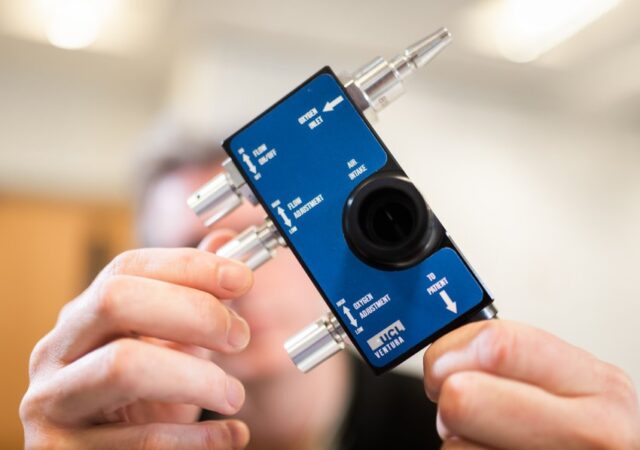Data analytics, big data and machine learning are seeping into everything we do. Sports is one of the largest sectors looking at using machine learning to enhance performance and experience.
Project Pitlane – F1 Tech in Battling COVID-19
Mercedes-AMG F1 team has partnered with UCLH to start production of CPAP breathing aids for hospitals across United Kingdom. They managed to reverse engineer the breathing aid apparatus from conception to production within 100 hours.




